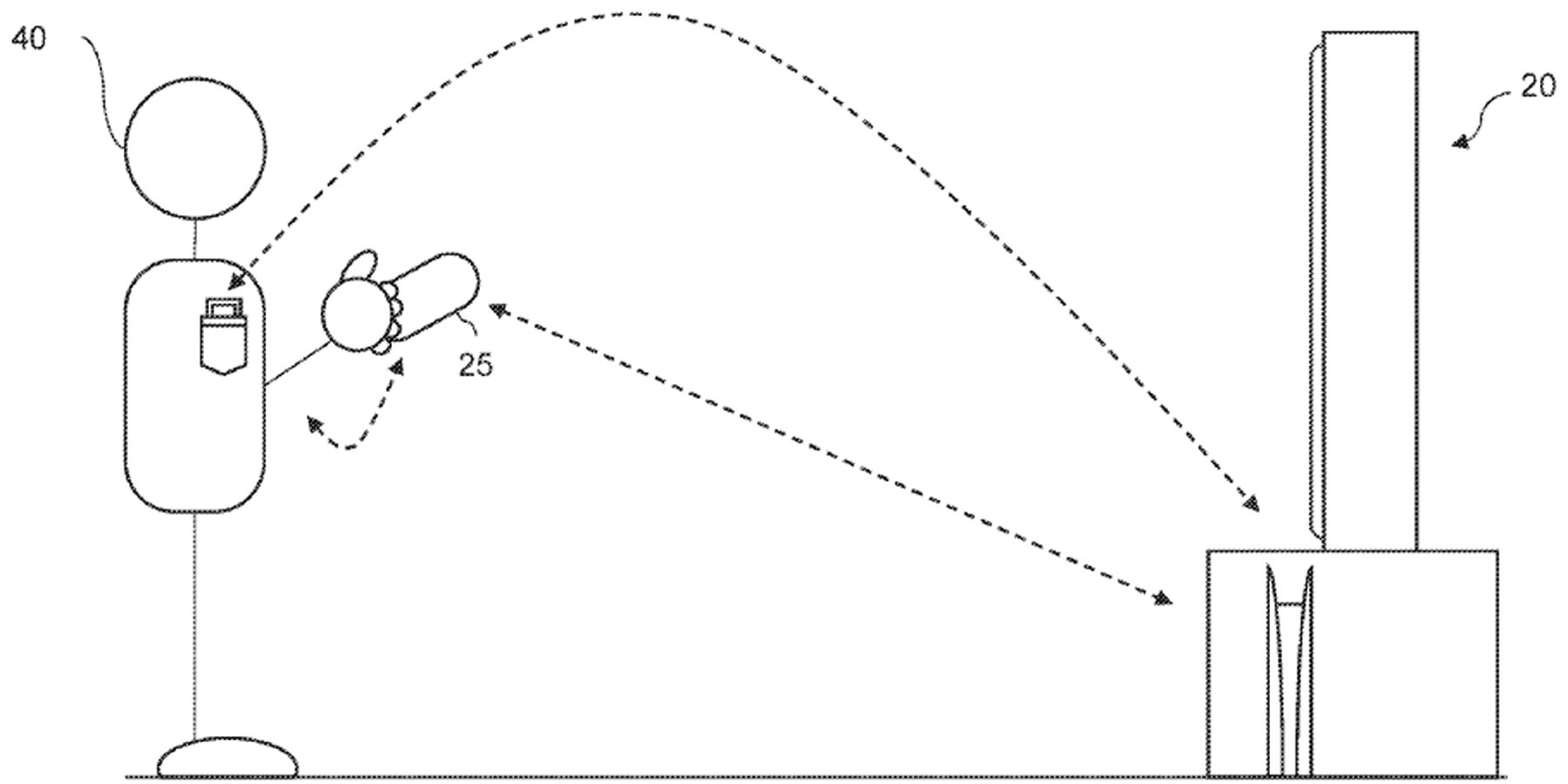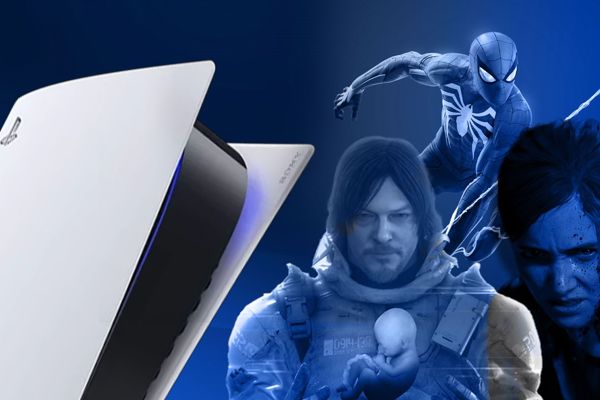
Sony's Next-Level Haptic Feedback: Revolutionizing Experiences Beyond Gaming

Sony files patent for a revolutionary system that extends haptic feedback beyond gaming, enabling an immersive experience across diverse media content
Highlights
Sony has filed a patent for a new haptic feedback apparatus that can be used for movies, music, and games, expanding beyond just gaming.
The patent outlines a system capable of producing haptic feedback for devices lacking built-in functionality, such as smartphones and input devices. Although the patent lacks detailed information regarding the implementation of haptic feedback in movies and music, it is presumed that vibrations would be utilized for action sequences and bass drops in music, similar to their application in gaming.
Sony has submitted patent paperwork suggesting that they are exploring the use of haptic feedback in movies, music, and games. The patent focuses mainly on a system for generating haptic feedback automatically, indicating that Sony envisions its applications extending beyond gaming.
The original DualShock controller from Sony was one of the pioneers in integrating vibration, initially sold as an accessory. It went on to become one of the highest-selling gamepads of all time and played a significant role in making vibration a standard feature in console gaming. More recently, Sony's DualSense controller for the PS5 introduced several innovative features aimed at enhancing haptic feedback. Alongside vibration, these include voice coil actuators in the palm grips and adaptive triggers for feedback. While there are other companies investing in haptic feedback technology, Sony has certainly made a notable impact.
Sony's latest invention is an apparatus that consists of detection, receiving, and haptic generation modules. The first two modules communicate with a synced media device to determine the intensity of vibration that should be generated by the haptic generation module. Sony provides examples of the haptic module, which includes pairing a smartphone device with the system. Users can then place the phone on their desk or in their pocket, allowing Sony's system to utilize it for generating haptic feedback. Additionally, Sony's patent also explains how users can attach a vibrating module to their gamepad or any other input device.
Sony's patent primarily focuses on the gaming applications of their apparatus, but also highlights its potential for use in virtual reality and "metaverse-type concepts." The key innovation lies in its ability to provide haptic feedback to devices that lack built-in capabilities, even for media lacking pre-programmed haptics. This includes music, movies, and TV shows. Although the patent does not delve deeply into the specifics of how the apparatus would function with movies and music, it is assumed that it would operate similarly to its use in games. For example, punches, gunshots, and explosions may generate haptic vibrations, while base drops or percussion instruments might trigger pulses in music. Sony's patent also emphasizes that the system can utilize multiple haptic devices and function across multiple channels, similar to a multi-channel speaker system.














